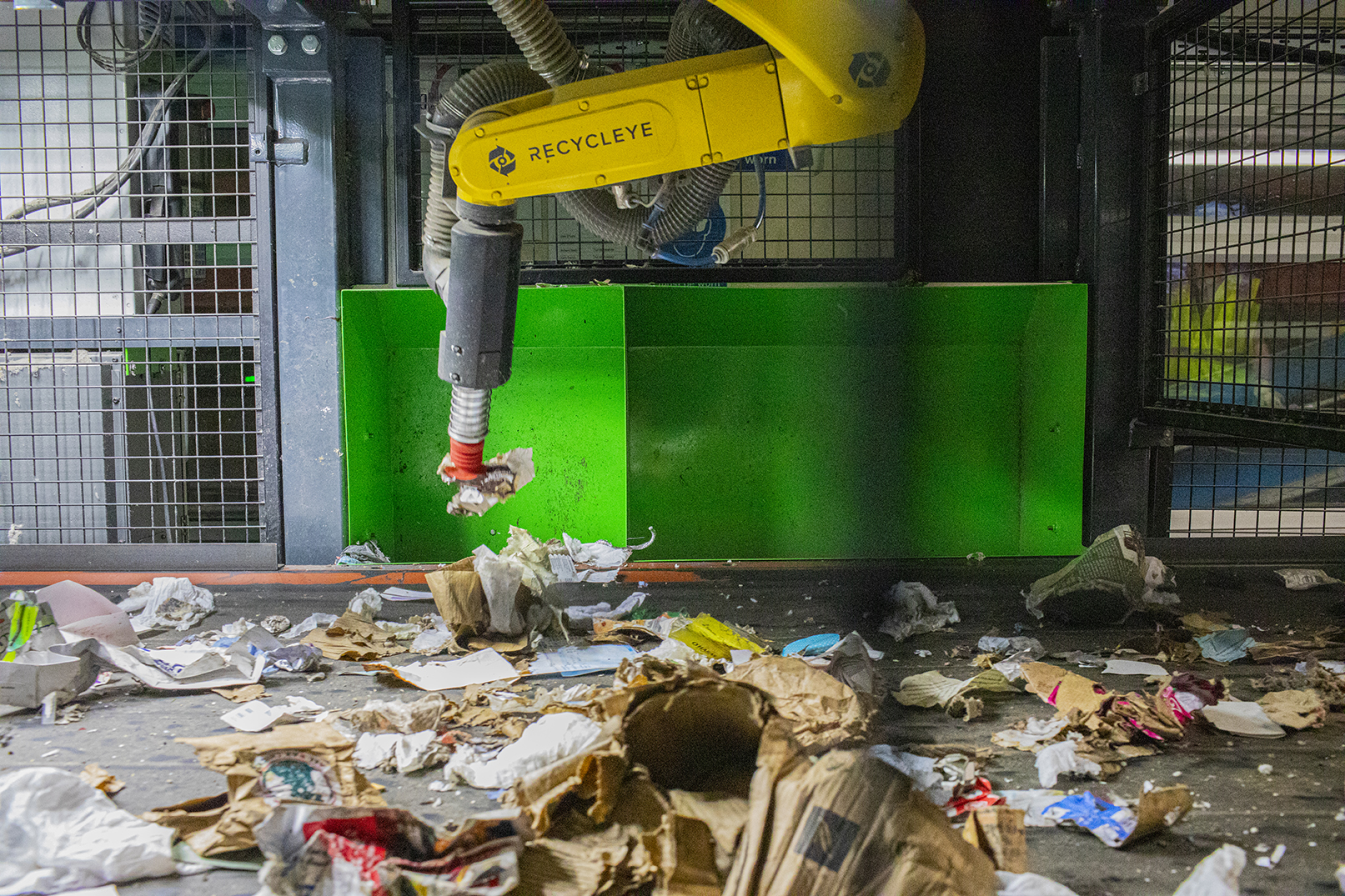A fossil that has been in the Natural History Museum in London since the 1950s suggests that the modern lizard dates back 35 million years, to the end of the Triassic period and not to the middle Jurassic period as previously thought.
The fossil had been discovered, along with others, in a mine in Gloucestershire, southwest England, in the 1950s when the technology to expose contemporary features did not yet exist.
The head of the team now proceeding to study its characteristics, David Whiteside, from Bristol School of Earth Sciences (United Kingdom), recalls the first time he saw it in a cupboard full of Clevosaurus fossils.
“Our specimen is simply labeled ‘Clevosaurus and other reptiles.’ As we investigated the specimen, we became increasingly convinced that it is actually more closely related to living lizards than to the Tuatara group.”
The fossils are relatives of living lizards, such as monitor lizards or mad monsters. Being a modern-type lizard, it influences all conjectures for the origin of lizards and snakes, together called Squamata.
In addition, it influences assumptions about their evolutionary level, and even the main drivers of the group’s origin, note the authors of the study published in Science Advances.
“This is a very special fossil and will probably be one of the most important found in recent decades,” Whiteside said of the specimen, which was named Cryptovaranoides microlanius (little butcher), in honor of its jaw, full of sharp teeth. .
The team carried out X-ray scans to reconstruct the fossil in three dimensions and saw all the tiny bones hidden in the rock where they were found.
Cryptovaroides “obviously” was squamate and had only one important primitive feature not found in its modern relatives, an opening on one side of the end of the upper humeral bone, through which arteries and nerves pass.
“In terms of importance, our fossils shift the origin and diversification of squames from the Middle Jurassic to the Late Triassic,” said study co-author Mike Benton.
It was a time of major restructuring of terrestrial ecosystems after the mass extinction at the end of the Permian (252 million years ago).
At that time, new groups of plants appeared, especially modern types of conifers, as well as new types of insects and some of the first modern groups such as turtles, crocodiles, dinosaurs and mammals.
Cryptovaranoides microlanius probably lived in the limestone crevices of the islets that existed around Bristol at the time, feeding on arthropods and small vertebrates.

“Entrepreneur. Internet fanatic. Certified zombie scholar. Friendly troublemaker. Bacon expert.”







